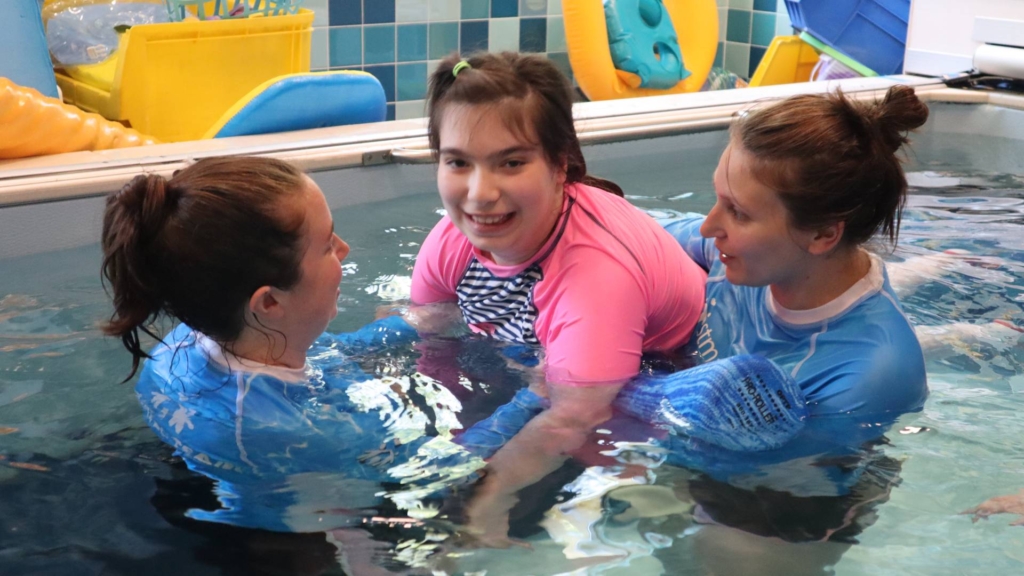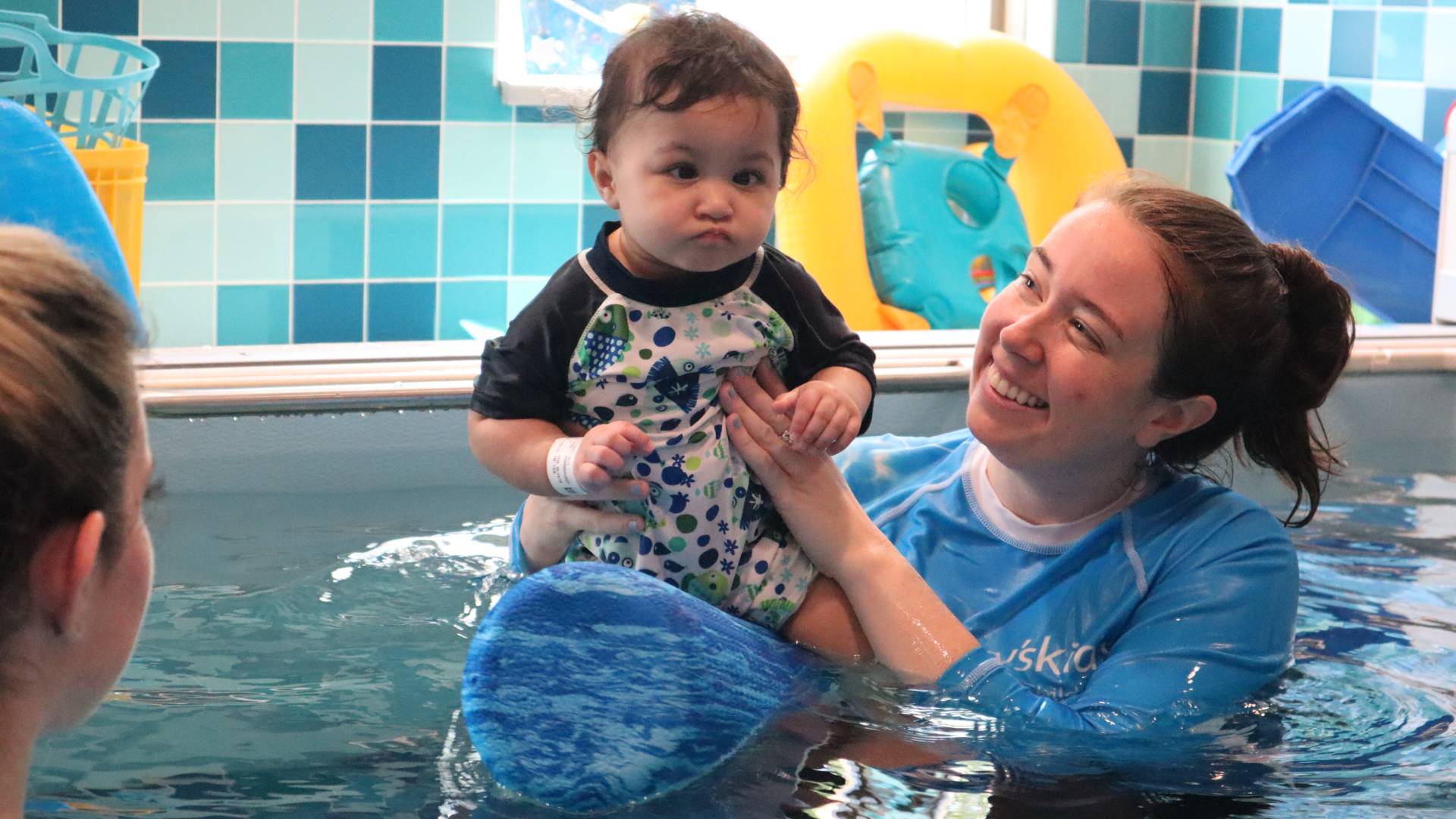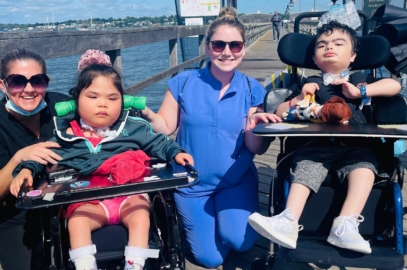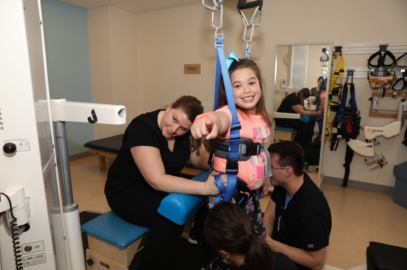July 17, 2019

Aquatic therapy has long been used to improve the lives of special needs children and those with disabilities. Specially trained aquatic therapists work to help children learn how to hold themselves in the water and move freely. When in the water, children will benefit from a 90 percent reduction in weight-bearing on their bodies and joints. This can help special needs children to learn important coordination skills while improving their overall physical well-being.
What is Aquatic Therapy?
Aquatic therapy simply refers to the process of exercising and doing other special movements and training in water. It works with the body and natural buoyancy to help special needs children to move more freely. It is beneficial for children and even special needs adults of all ages and sizes. Because a therapist is working with the child, they can help in teaching them how to move and float through the water. The purpose of aquatic therapy isn’t just to relax special needs children, as it is incredibly beneficial in teaching coordination, buoyancy and important social interaction skills.
How Does it Work?
The way that aquatic therapy works are by having a special needs child go into a pool or other body of water with an aquatic therapist. The therapist works with them throughout the pool to teach them how to float, walk, swim and perform other movements. This particular type of therapy is especially beneficial for special needs children who have disabilities that would otherwise limit their movements on land. The buoyancy of the water allows the child to move without limits and gives them the ability to take control of their bodies in a way that they’ve never experienced before.
Benefits of Aquatic Therapy
There are a variety of benefits of aquatic therapy that are suitable for children of all ages and varying needs. Regardless of the child’s age and their physical limits, the buoyancy of water can help them to move without the pain and discomfort that they once felt. For children with learning or mental disabilities, therapy is essential in teaching coordination and social interaction skills that they can use in their everyday lives.
Improved Physical Movement
Many special needs children have physical impairments as well. This can limit their ability to perform certain activities while out of their wheelchair or away from another device. When placed in the water, these children will find it easier and more enjoyable to move. The water reduces the impact on your child’s joints by up to 90 percent. This means that they’ll experience less pain and discomfort when in the water.
Social Interaction
Special needs children need to interact with others in order to develop important social skills. This is done easily through aquatic therapy because they can spend time with other kids their own age. They may even begin to develop important friendships when going for routine therapy sessions. This allows your child to form relationships outside of their family and medical team, and this can be incredibly beneficial to their overall mental health.
Sensory Coordination
Water has many unique properties that can help in developing sensory coordination for special needs children. It creates pressure against the child’s skin that they can use to better move through the water with ease. This helps their coordination and allows them to learn that different actions have varying movements. The aquatic therapist will further teach your child these vital sensory coordination skills.
Development Skills
Development skills are essential in every child’s growth throughout adolescence. These skills often do not come as naturally or as quickly to children who have special needs. With the help of aquatic therapy, your child will learn how to walk, crawl, roll and even swim throughout the buoyancy of the water. It is easier and quicker for them because there isn’t as much weight on their body when performing these movements.
With the help of aquatic therapy, special needs children will learn valuable life skills that they can build upon with each session. This particular type of therapy is incredibly beneficial for children of all ages and needs. It has significant advantages over other therapeutic options and can be a perfect complement to the therapy your child is already doing right now.






